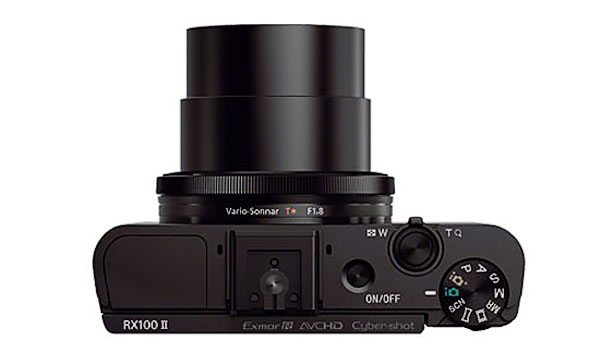a hands on review
The two fast aperture f/1.4 and f/1.8 85mm G lenses are usually rated as the best lenses made by Nikon. I was curious to know if one was any better than the other in terms of image quality. After all, the f/1.8 G version at $496 costs less than one third the price of the f/1.4 ($1650). Is 2/3 of a stop worth that? Is the build quality that much different? What about the resolution?
 |
| Add caption |
I prefer to use this lens for informal portraits where I want the face to be mostly sharp and the background not to interfere by being completely out of focus. My favorite lenses for accomplishing that effect are a fast 85mm or either of the defocus Nikkors (105 or 135mm).
 |
| Side by side, the two lenses do not appear that different in size. It isn't until you compare the front lens elements that you really notice the difference. |
 |
Both lenses have auto and manual focus modes with manual override. The biggest difference between the two is in the number of diaphragm blades. The f/1.4 has 9 and presents a round opening, while the f/1.8 has 7 and is not quite as round.
 |
| These lenses shine when used for situational portraiture by creating a very soft, out of focus flattering background while keeping the face ultra sharp. |
In my sharpness tests I found these lenses to be equal at all apertures. They are very sharp with only a slight softening in the corners when used wide open. Their fast aperture aids in speedy focusing. When I do serious beauty portraiture I rely on the 105mm micro Nikkor lens, but for a more cdewinaal, natural look, often shot in available light, I prefer a fast aperture 85mm lens. If you are like me and prefer to use them stopped down a bit to around f/2.2 then the f/1.8 model should work just fine.
Conclusion:
Both of these lenses are very highly rated for sharpness. After putting both of them through their paces for awhile, I can see why. For all practical purposes they are pretty much neck and neck. If you need the extra 2/3 of an f/stop and the extra bulk and weight -- not to mention cost -- is not a deal breaker, then get the f/1.4. Otherwise, you can't go wrong with the smaller, cheaper, lighter f/1.8 -- plus it's much easier to tuck into your gadget bag, and I'm sure you can find some other gear to buy with the $1000 you'll save.
After putting the f/1.8 through its paces in our studio recently, all of us who tried it really fell in love with it as a first choice. It focuses quickly and very accurately, has minimal distortion, and its size has a comfortable feel. The two photos below, taken under studio circumstances that we know always cause us problems with focus and color fringing, convinced us that the f/1.8 model is an exceptional piece of glass, definitely the best I have ever seen in its class. I know I will be reaching for it as my first lens choice in the future.
After putting the f/1.8 through its paces in our studio recently, all of us who tried it really fell in love with it as a first choice. It focuses quickly and very accurately, has minimal distortion, and its size has a comfortable feel. The two photos below, taken under studio circumstances that we know always cause us problems with focus and color fringing, convinced us that the f/1.8 model is an exceptional piece of glass, definitely the best I have ever seen in its class. I know I will be reaching for it as my first lens choice in the future.















































